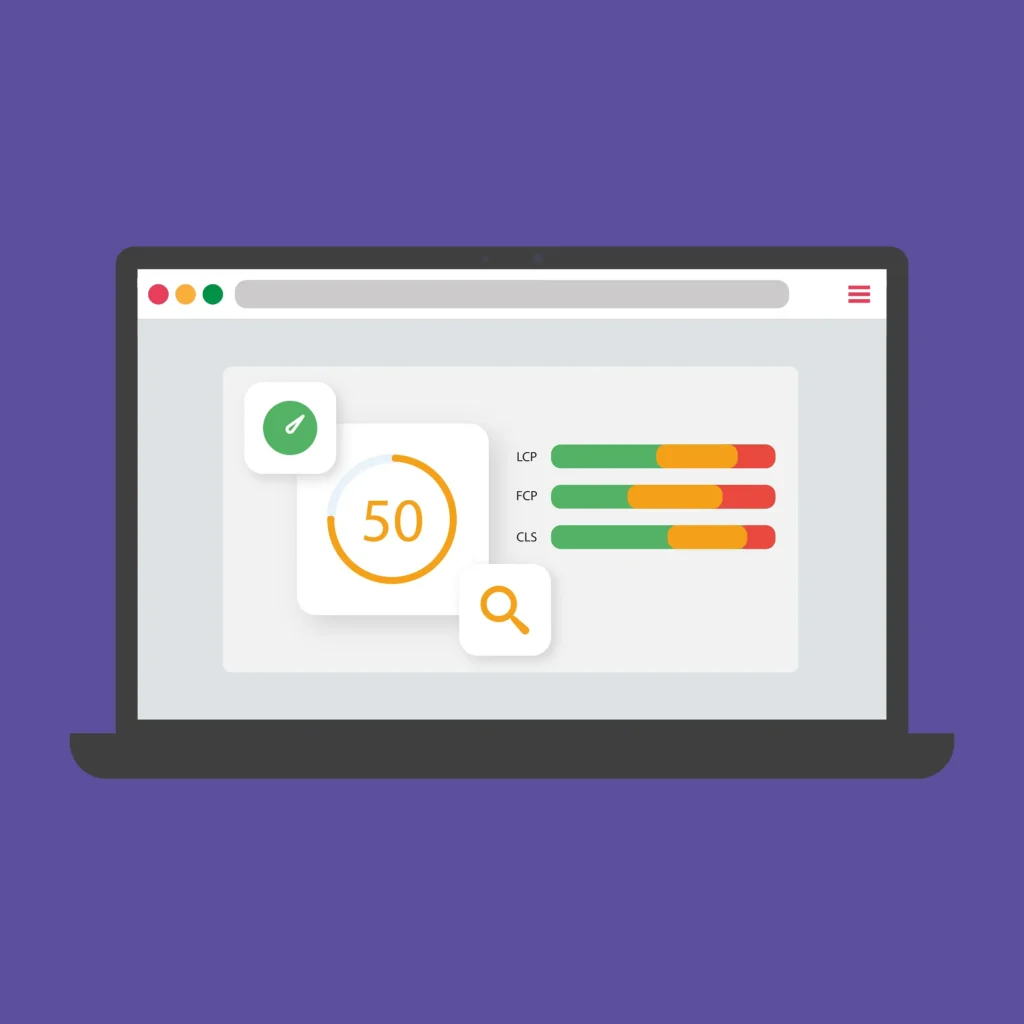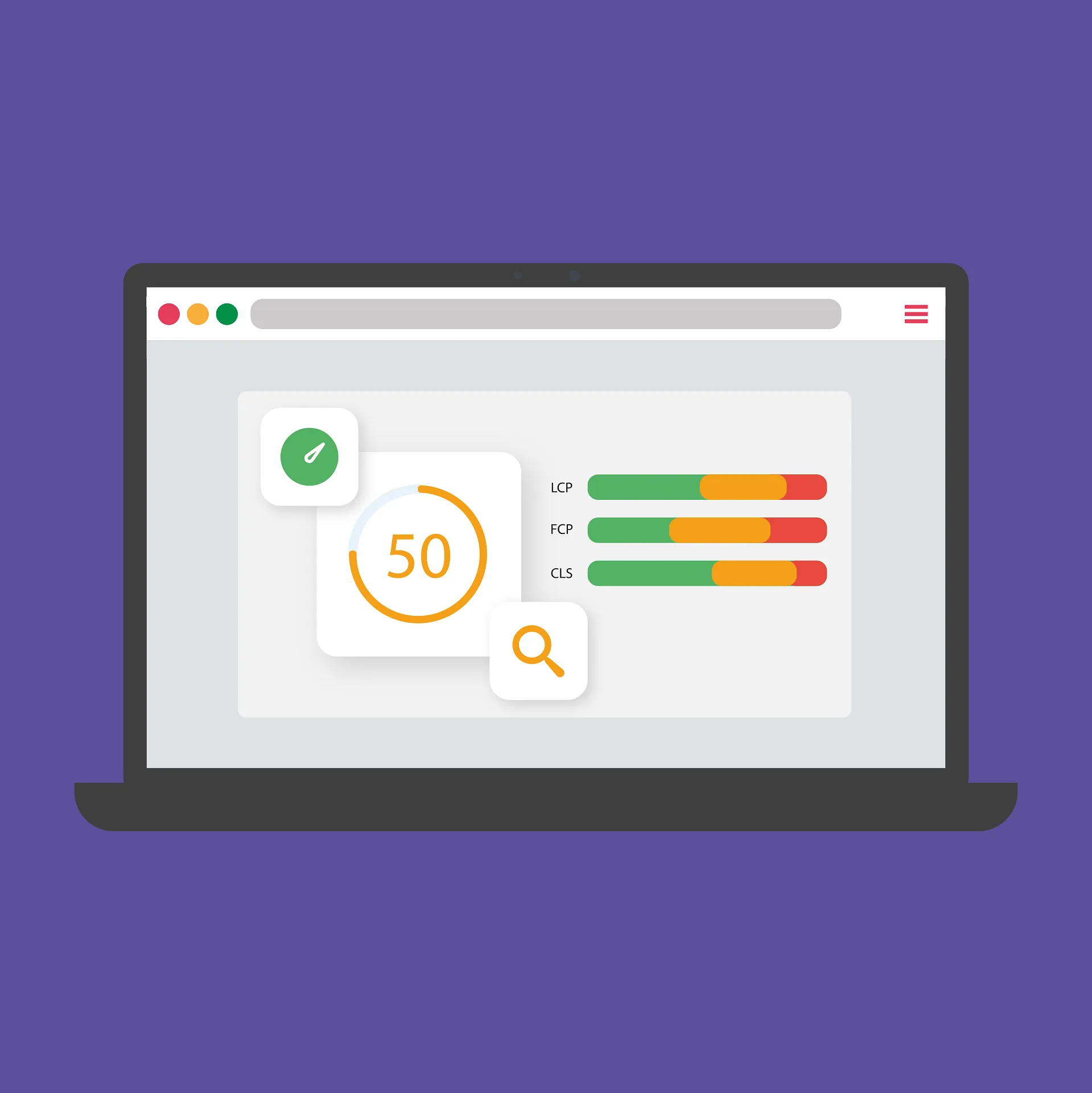Core Web Vitals: A Deep Dive into Google’s User Experience Metrics

Core Web Vitals: A Deep Dive into Google’s User Experience Metrics
In today’s digital age, where attention spans are shrinking and competition for user engagement is fierce, the speed and quality of your website’s user experience can make or break your online success. Core Web Vitals, introduced by Google, are no longer just SEO niceties — they are fundamental benchmarks that reflect how users actually experience your website. These metrics shape how search engines rank your pages and ultimately influence your traffic, conversions, and revenue.
If you want your website to thrive in 2025 and beyond, understanding, measuring, and optimizing Core Web Vitals is absolutely essential. This guide offers an in-depth exploration of what these metrics are, why they matter profoundly for your SEO and business, how you can measure and improve them, and what future trends to anticipate.
What Are Core Web Vitals?
Core Web Vitals are a set of user-centric performance metrics introduced by Google to assess real-world experience on both mobile and desktop devices. Instead of focusing solely on traditional technical parameters like server uptime or crawlability, these metrics measure how fast a page loads, how responsive it is, and how visually stable it feels as content loads.
There are three primary Core Web Vitals:
| Metric | What It Measures | Good Threshold |
|---|---|---|
| Largest Contentful Paint (LCP) | Loading performance | ≤ 2.5 seconds |
| Interaction to Next Paint (INP) | Interactivity responsiveness | ≤ 200 milliseconds |
| Cumulative Layout Shift (CLS) | Visual stability during loading | ≤ 0.1 |
Note: Google replaced First Input Delay (FID) with Interaction to Next Paint (INP) in March 2024. INP offers a more comprehensive view of responsiveness by measuring latency across all user interactions, not just the first.
Why Core Web Vitals Matter for SEO and Business
1. Core Web Vitals Are Official Google Ranking Signals
Since 2021, Core Web Vitals have been part of Google’s Page Experience update — meaning they directly impact your search rankings. Sites that perform well on these metrics often outrank slower, less stable competitors, providing a critical edge in organic visibility.
Statistic: Websites that meet Core Web Vitals thresholds are 24% less likely to have high bounce rates (Google Web.dev), translating into better user retention and higher rankings.
2. They Affect User Engagement and Satisfaction
User frustration from slow load times or jarring layout shifts leads to quick exits. Research confirms:
- Higher bounce rates
- Lower session durations
- Reduced conversion rates
- Fewer returning visitors
Google’s algorithm prioritizes sites that deliver smooth, fast, and stable experiences because these tend to keep users happier and more engaged.
3. Direct Impact on Revenue
For eCommerce and SaaS businesses, speed is money. Akamai reports that a 1-second delay in page load can reduce conversions by up to 7%. Imagine the cumulative effect of slow pages on your quarterly revenue!
Deep Dive Into the Three Core Metrics
1. Largest Contentful Paint (LCP)
What It Is: The time it takes for the largest visible content element—such as a hero image, video, or large text block—to load.
Why It Matters: It’s the point when users perceive the page as “ready” and meaningful content is visible.
Optimization Tips:
- Use modern image formats like WebP for faster loading and compression.
- Implement lazy loading to defer offscreen images.
- Minify CSS and eliminate render-blocking resources.
- Employ a Content Delivery Network (CDN) to serve assets closer to users.
Case Study: Vodafone reduced LCP by compressing images and optimizing server response, which resulted in a 31% increase in sales—demonstrating the clear business impact of fast loading times.
2. Interaction to Next Paint (INP)
What It Is: Measures the latency of all user interactions like clicks, taps, or keyboard inputs until the page visually responds.
Why It Matters: Reflects how “snappy” and responsive your website feels, crucial for usability and trust.
Optimization Tips:
- Minimize JavaScript execution time by breaking down large scripts.
- Use Web Workers to offload heavy computation from the main thread.
- Avoid long tasks that block interactivity.
- Prioritize main thread performance by deferring or asynchronously loading non-essential scripts.
Google Insight: The 75th percentile of INP should be less than 200 milliseconds to be considered good.
3. Cumulative Layout Shift (CLS)
What It Is: Quantifies unexpected shifts in page layout during loading, like buttons jumping or images resizing suddenly.
Why It Matters: Layout shifts cause frustration, leading to misclicks, broken reading flow, and loss of trust.
Optimization Tips:
- Always include width and height attributes for images and videos to reserve space.
- Reserve fixed spaces for ads, embeds, or dynamic content.
- Avoid inserting content above existing content once loaded.
Example: A major media site fixed CLS by preloading ad containers and saw a 12% increase in average page scroll depth—a clear sign of better engagement.
How to Measure Core Web Vitals
Measuring Core Web Vitals effectively requires combining both lab and field data for the clearest picture.
| Tool | What It Offers | Use Case |
|---|---|---|
| Google PageSpeed Insights | Mobile & desktop analysis, lab & field data | General website audit |
| Google Search Console | Site-wide Core Web Vitals report, URL failure info | Ongoing site health monitoring |
| Lighthouse / Chrome DevTools | Detailed developer-level performance debugging | Technical troubleshooting |
| Web Vitals Chrome Extension | Live site analysis while browsing | Quick on-the-fly checks |
| GTmetrix, WebPageTest, Pingdom | Deep speed and performance insights | Complementary testing |
Pro tip: Always track performance over time and across different devices and networks to understand real user experience variations.
Industry Benchmarks and Performance Standards
Google uses the 75th percentile of user experience as the benchmark, meaning your site should perform well for the majority, not just a few.
| Metric | Good | Needs Improvement | Poor |
|---|---|---|---|
| LCP | ≤ 2.5 seconds | 2.6 – 4.0 seconds | > 4.0 seconds |
| INP | ≤ 200 milliseconds | 201 – 500 ms | > 500 ms |
| CLS | ≤ 0.1 | 0.1 – 0.25 | > 0.25 |
Real-World SEO and Business Impact of Core Web Vitals
- Google reports a 15% higher page ranking for pages meeting Core Web Vitals standards.
- eBay increased organic traffic by 10% after optimizing LCP and CLS.
- Pinterest boosted mobile session duration by 60% through performance improvements.
These numbers underscore how user experience directly translates into better discoverability and business outcomes.
Advanced Optimization Techniques
To push Core Web Vitals to excellence, consider:
Server-Side Rendering (SSR)
Frameworks like Next.js or Nuxt.js pre-render HTML on the server, delivering faster initial page loads.
Image Optimization Strategies
- Use responsive
<picture>tags for device-specific images. - Preload key visuals for faster display.
- Employ CDN-based image transformations (Cloudinary, Imgix).
Critical CSS and Asset Preloading
- Inline CSS critical for above-the-fold content.
- Preload fonts and important assets to speed up rendering.
Font Optimization
- Use
font-display: swapto avoid invisible text during loading. - Serve modern font formats like WOFF2 for smaller file sizes.
Audit Third-Party Scripts
Third-party scripts (ads, analytics) can account for 30-70% of load delays. Load asynchronously or defer them, and remove unused scripts to minimize impact.
How Core Web Vitals Affect Different Business Models
- eCommerce: Faster product pages increase checkout rates; stable layout reduces cart abandonment.
- B2B/SaaS: Improved INP means higher form completion and demo requests.
- Content Publishers: Strong LCP leads to longer time on site; lower CLS increases ad engagement and revenue.
Example: BBC optimized their Core Web Vitals, reducing mobile bounce rates by 18%, boosting user retention and ad revenue.
Future Trends in Web Performance and UX
- INP Replacing FID: INP will be the primary interactivity metric in coming ranking updates.
- Deeper Chrome UX Report Integration: More CMS and analytics tools will pull CrUX data for seamless UX monitoring.
- Performance Budgets: Design and dev teams will enforce stricter size and timing limits on new features.
- Headless CMS Adoption: Decoupled architectures enable faster, more personalized experiences without sacrificing editorial control.
Core Web Vitals Optimization Checklist
✅ Compress and serve images in next-gen formats (WebP, AVIF)
✅ Implement lazy loading for below-the-fold media
✅ Minify and defer JavaScript execution
✅ Use preconnect and preload for critical resources
✅ Audit and remove unused CSS and third-party scripts
✅ Measure Core Web Vitals regularly via Google Search Console and PageSpeed Insights
✅ Optimize performance for both mobile and desktop users
✅ Set and enforce performance budgets per page or feature
Conclusion: Prioritize Experience, Win Rankings
Core Web Vitals are not just technical metrics—they are the heartbeat of your website’s user experience. Optimizing them means creating faster, smoother, and more trustworthy interactions for your visitors, which Google rewards with better rankings and your business benefits from higher engagement and conversions.
In a competitive digital landscape, websites that prioritize Core Web Vitals will not only survive but thrive, building loyal audiences and sustainable growth.
Key Takeaways:
- Core Web Vitals (LCP, INP, CLS) are crucial SEO and UX signals.
- Fast, responsive, and stable pages reduce bounce rates and increase conversions.
- Ongoing measurement and optimization are essential, not one-time fixes.
- Tools like Google PageSpeed Insights, Search Console, and Lighthouse are your best allies.
- Real user experience matters most—optimize for your actual visitors, not just lab tests.


